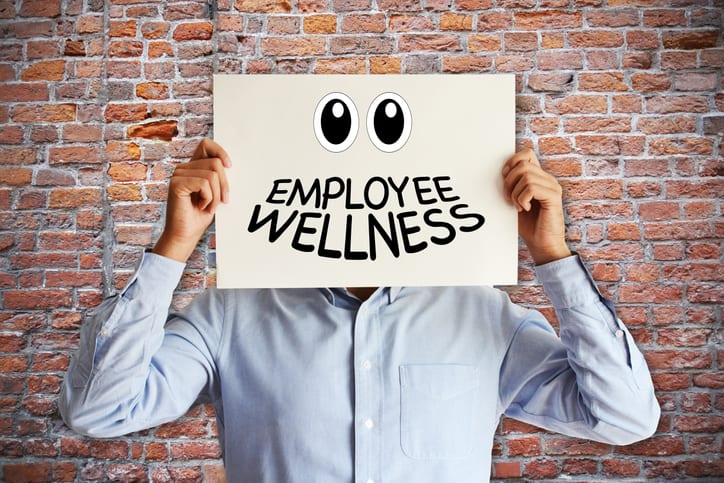While employees around the world report anxiety, distraction and financial worries, they also find their employers supportive, said Willis Towers Watson.
According to the company, it has tracked the pandemic-related work experiences of more than 100,000 global employees since mid-March.
Survey highlights
- 92% report some level of anxiety from the pandemic, with 55% indicating a moderate or high degree.
- 70% convey at least some distraction from work due to COVID-19 concerns with only one-third (32%) saying they can balance working from home and other responsibilities.
- 61% state financial concerns stemming from the COVID-19 disruption with 25% expressing a moderate or high degree of worry.
- Fewer than half of respondents say their company is making it easier to access and use employee benefits (46%) or know how to apply these benefits to COVID-19 care (47%).
“The challenges presented by this crisis highlight the demand for cross-functional collaboration to truly address employee needs,” said Lesley Brown, Asia Pacific Practice Leader, Employee Insights, Willis Towers Watson. “Employee anxiety can be managed through HR benefit-related coping support, yet combating distraction requires line managers to deepen team connections in appropriate ways, while alleviating financial concerns calls on business heads to demonstrate leadership by navigating the organisation through chaotic times.”
Despite the challenges, employees are pleased with the way their leaders have stepped up to support them in the current environment, the firm pointed out.
A large majority agree their leaders have been effective at focusing on work objectives (78%), obtaining the support needed at work (74%), keeping employees informed (73%), and protecting the health and wellbeing of their workforce (71%).
However, there are concrete actions leaders can take to improve the overall employee experience, such as better understand job constraints due to issues outside of work, Brown noted.
In fact, only about half (49%) of the employees who can manage issues outside of work report moderate to high anxiety compared with 80% of employees unable to do so, according to survey results.
In addition, employees in stronger team environments express much lower rates of distraction (16%) relative to colleagues who struggle to collaborate (56%), survey results indicate.
“In Asia Pacific, many employers are trying to maintain business operations, while also looking ahead to restoring stability after social distancing measures are relaxed by local governments. While they do this, it is important to remember that this is a time when empathy and careful listening to their employees are also very critical,” Brown advised.
There is a clear opportunity for employers to put their people first and do all they can to show support and build goodwill, she said.
“Employers have many levers to pull, such as helping workers upgrade their work-from-home technology and enhancing programmes that can help employees battle emotional and financial anxiety,” Brown said.




